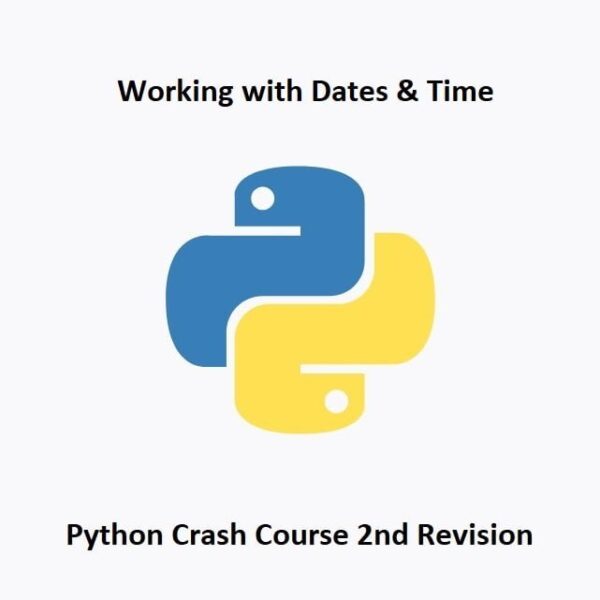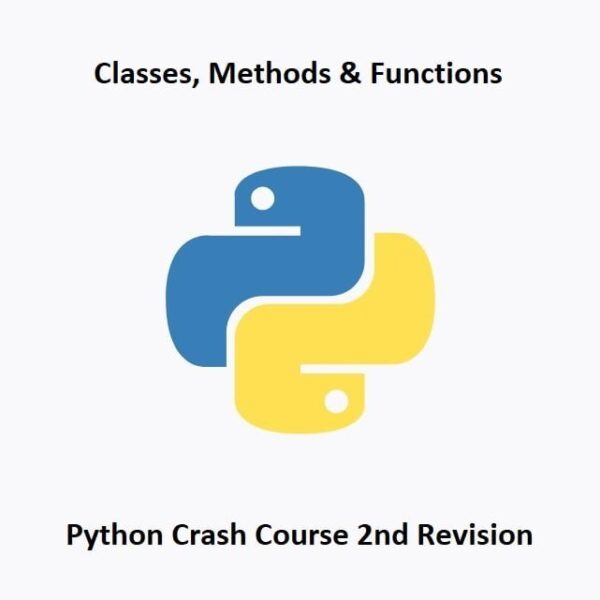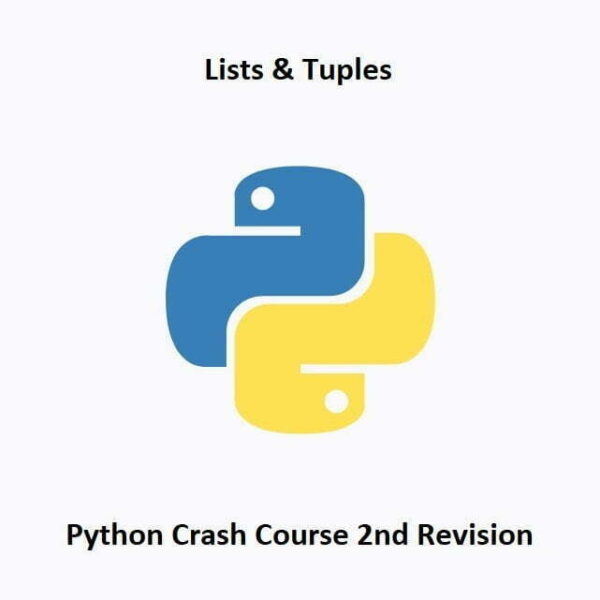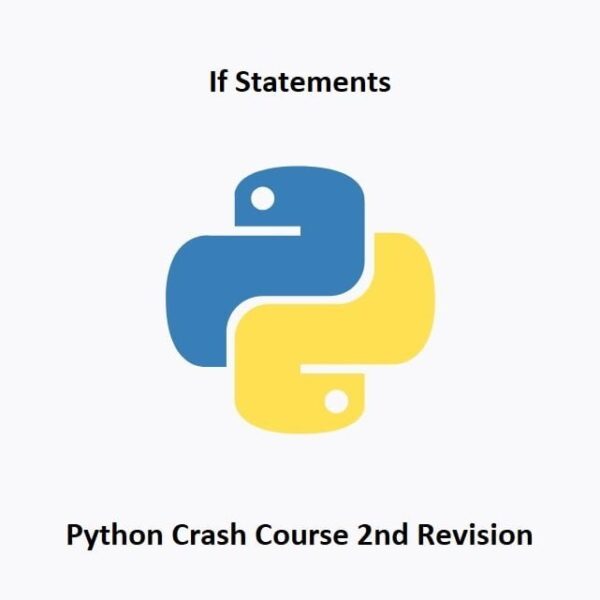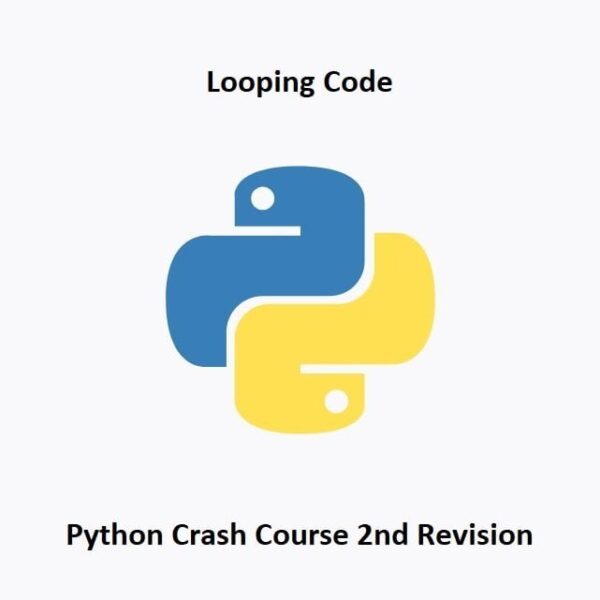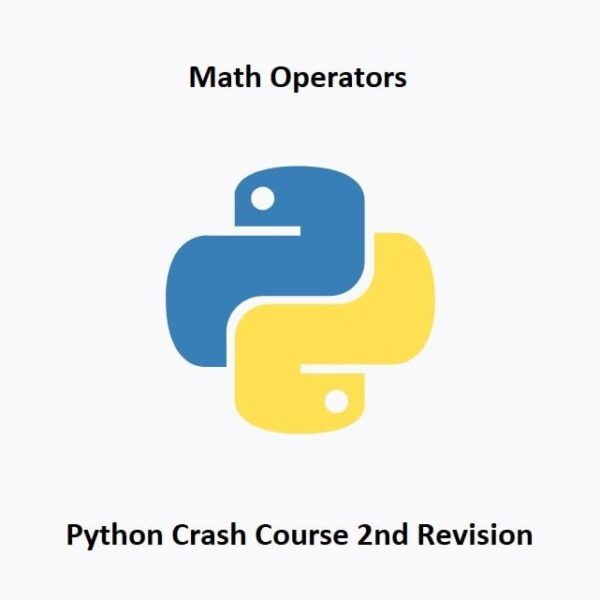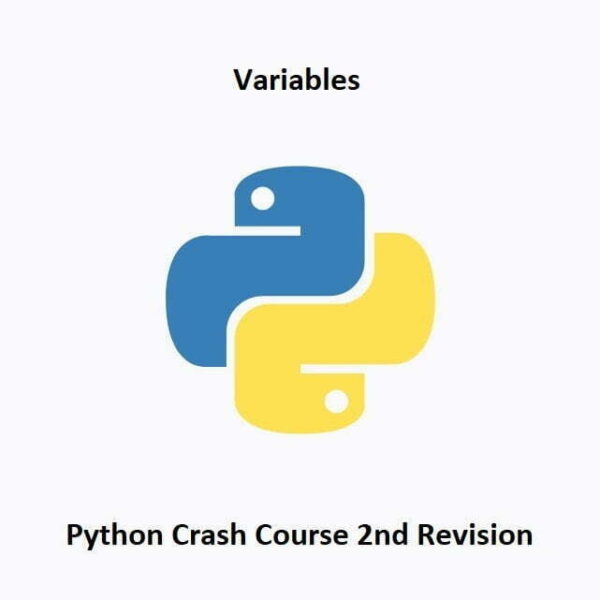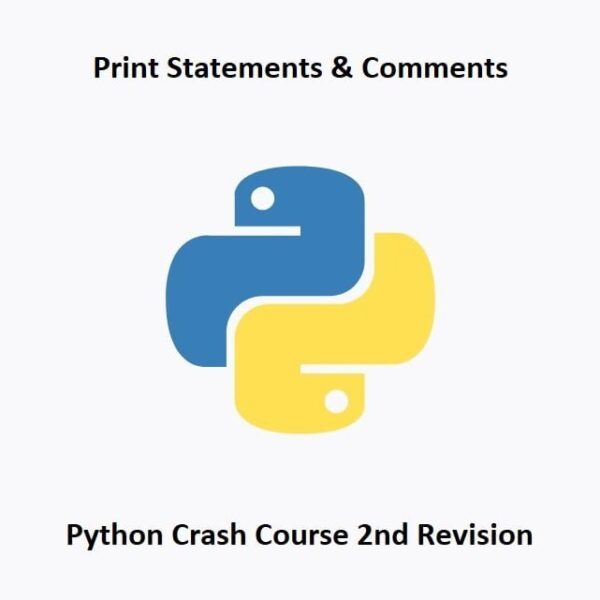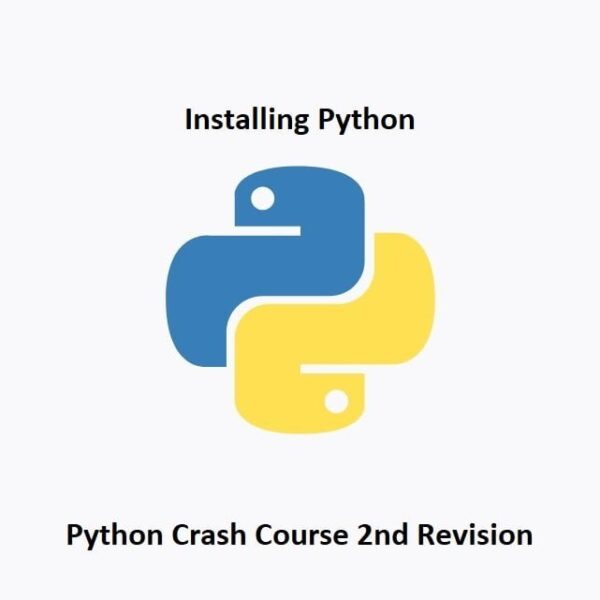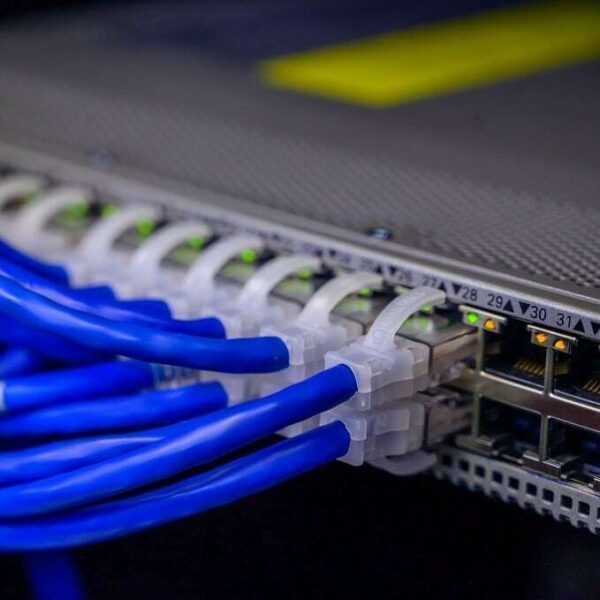Python Crash Course 2nd Revision: Stage-9
Python Dates and Time Dealing with dates and time is a fundamental aspect of many programming tasks, from scheduling events to data analysis. Python offers robust libraries and modules to make working with dates and time seamless. In this part of our Python crash course, we'll explore how to handle, manipulate, and format dates and time in Python.The time Module for Delays Python's time module is a valuable tool for creating delays or pausing your program's execution for a specific…

